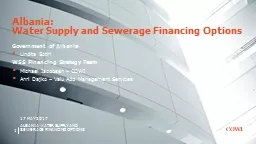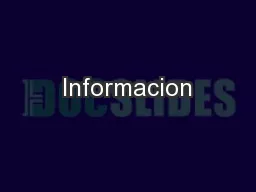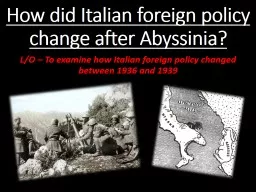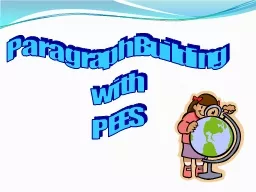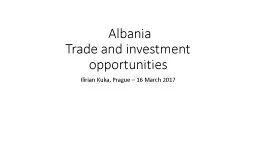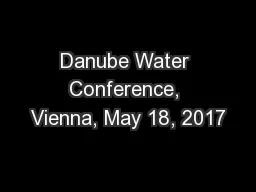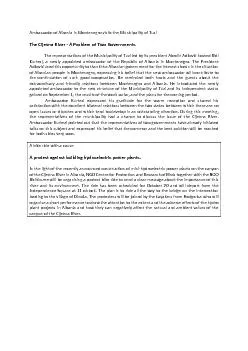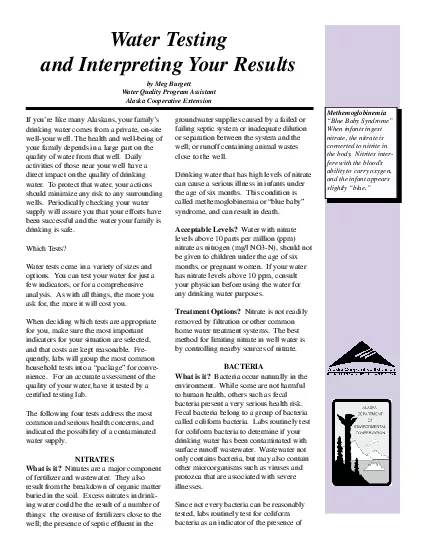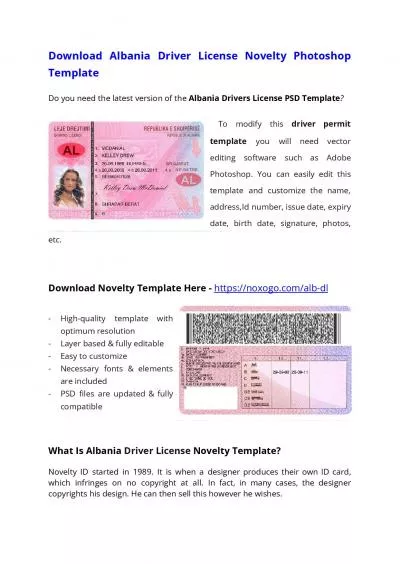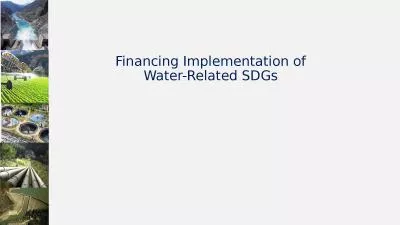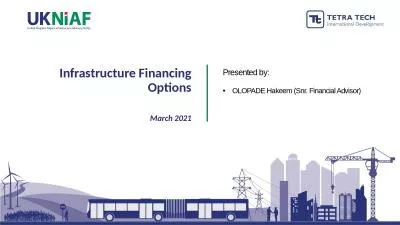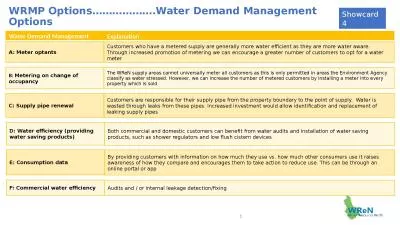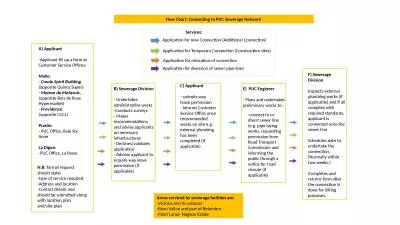PPT-17 MaY 2017 Albania Water Supply and SEWERAGE Financing Options
Author : sherrill-nordquist | Published Date : 2018-03-17
1 Albania Water Supply and Sewerage Financing Options Government of Albania Lindita Sotiri WSS Financing Strategy Team Michael Jacobsen COWI Anri Dajko Valu
Presentation Embed Code
Download Presentation
Download Presentation The PPT/PDF document "17 MaY 2017 Albania Water Supply and S..." is the property of its rightful owner. Permission is granted to download and print the materials on this website for personal, non-commercial use only, and to display it on your personal computer provided you do not modify the materials and that you retain all copyright notices contained in the materials. By downloading content from our website, you accept the terms of this agreement.
17 MaY 2017 Albania Water Supply and SEWERAGE Financing Options: Transcript
Download Rules Of Document
"17 MaY 2017 Albania Water Supply and SEWERAGE Financing Options"The content belongs to its owner. You may download and print it for personal use, without modification, and keep all copyright notices. By downloading, you agree to these terms.
Related Documents

